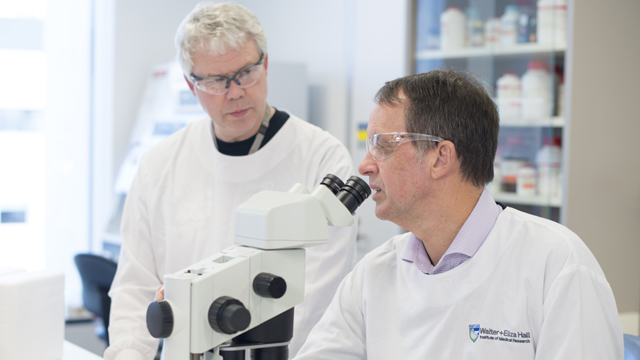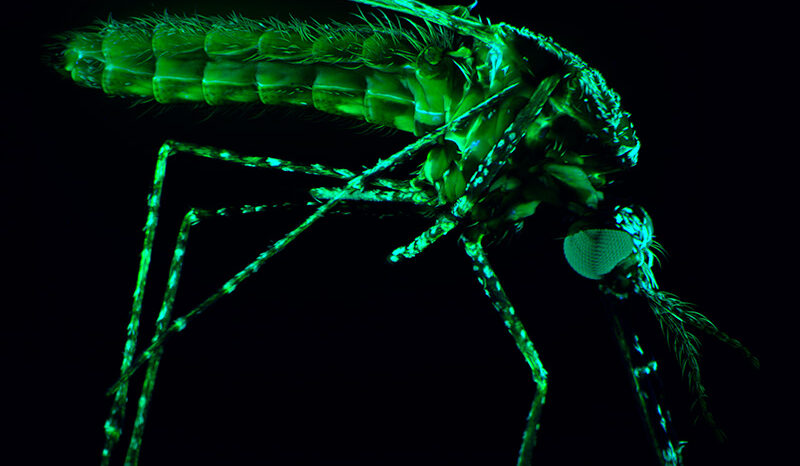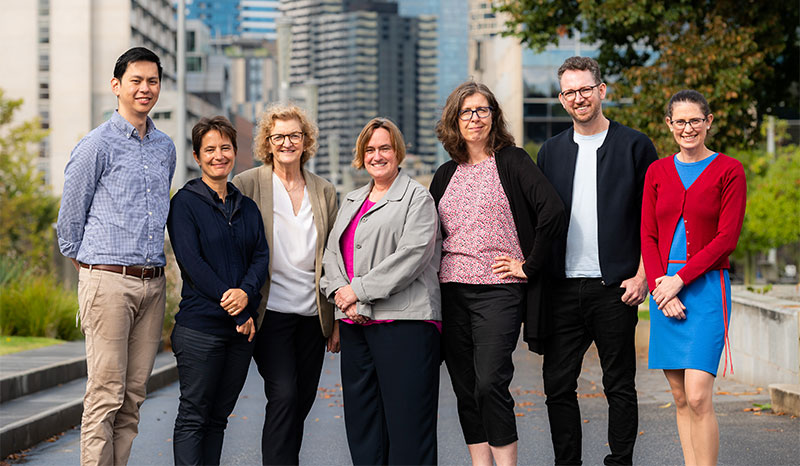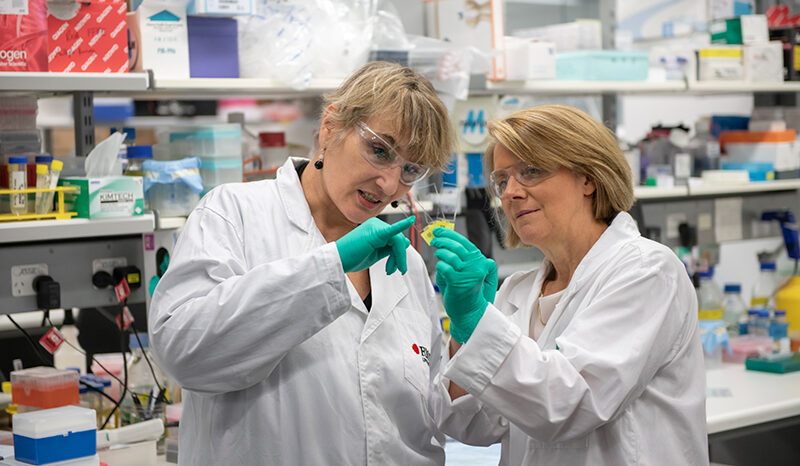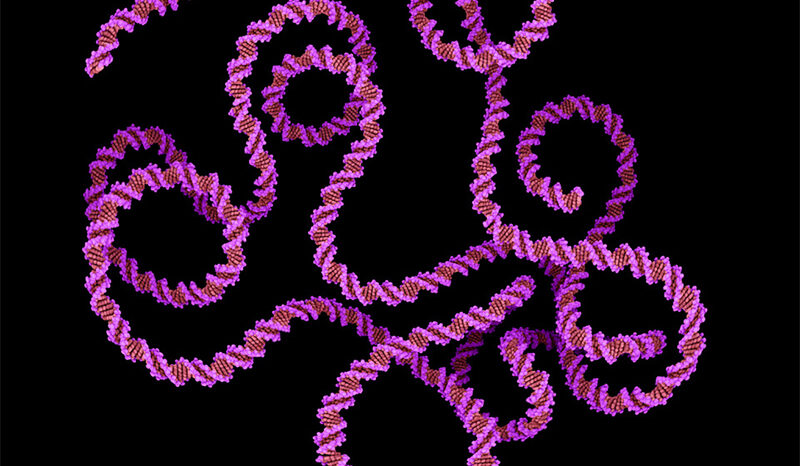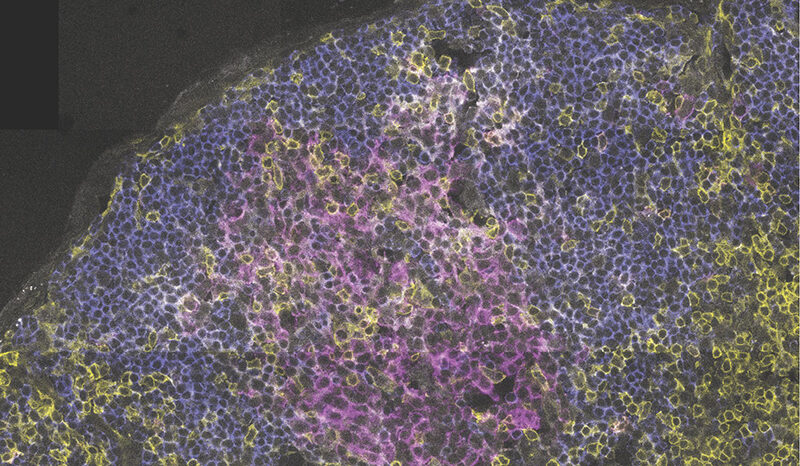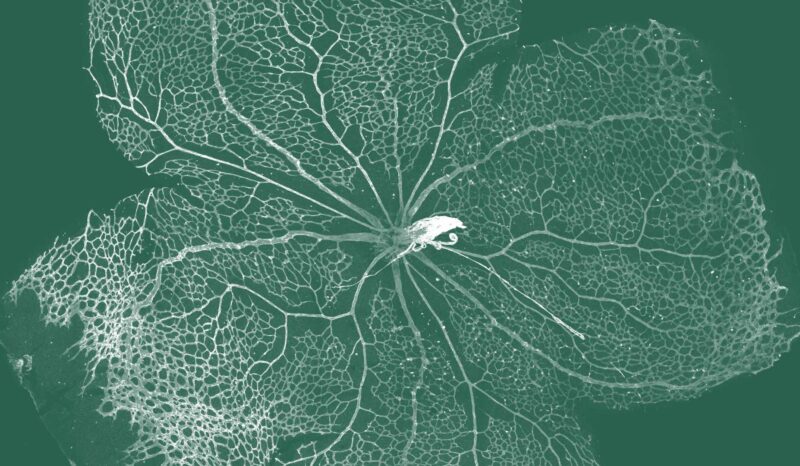People with diabetes are at risk of short-term and long-term health problems caused by high blood glucose. People with diabetes can experience immediate symptoms of very low or high blood glucose.
High levels of glucose can cause immediate and serious problems for people with diabetes. A lack of insulin, particularly in type 1 diabetes, can rapidly lead to a serious condition called diabetic ketoacidosis. This is caused by cells switching away from glucose as an energy source, instead metabolising fatty acids, a process that generates toxic byproducts.
In the long-term, consistently high levels of blood sugar caused by diabetes can cause damage to many organs. This can lead to serious health problems including:
- Kidney disease (diabetic nephropathy)
- Eye disease and blindness (diabetic retinopathy)
- Nerve damage (diabetic neuropathy)
- Damage to blood vessels, which together with nerve damage can lead to serious problems in the hands and feet
- Heart disease and stroke.
Good control of blood sugar greatly reduces the risk of diabetic complications.
For more information, and support for people with diabetes please visit Diabetes Australia.


